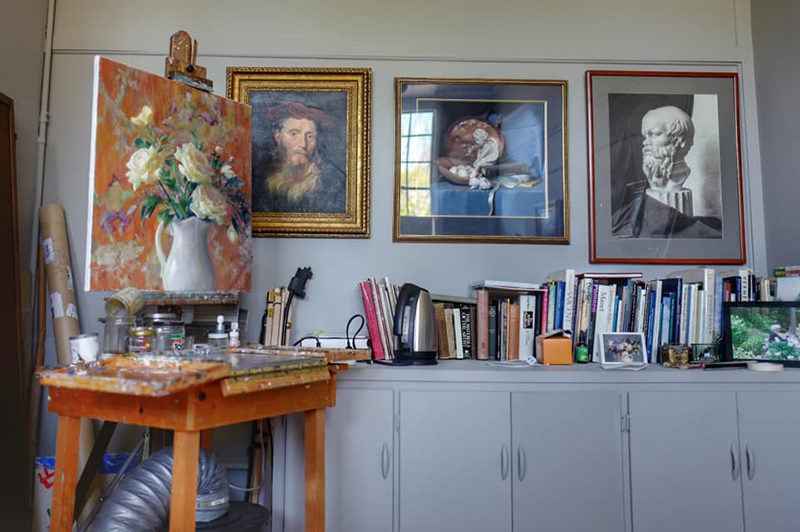Power of Culture Blog
Grants for Creative Individuals Now Available
Apply by Oct. 28, 2025 for unrestricted grants of $5,000 to artists, culture bearers, and creative practitioners
Jay Paget, Program Director

Understanding the environment of artist work spaces in Massachusetts is being revisited at Mass Cultural Council. In the past, we have provided support of artist work and production spaces and the result is a Guide for Developing Artist Space which was formulated between 2006-2012.
This resource coupled with the Cultural Facilities Fund (CFF), which is available for acquisition, construction, and repair of cultural facilities, formulates our response to space creation and sustainability in Massachusetts. Yet, there is more work to do. CFF was designed for public facing facilities run by nonprofits where the ‘you’ and ‘I’ can attend a performance, take a class, or experience an exhibit. The Fund was not designed for private real estate holdings where there are artist work spaces. This being the case, we still recognize that work spaces are essential to the overall arts ecology and serve as the flashpoint for incubation of ideas and creative production, yet mostly fall outside of the public eye and public funding (with a few exceptions like MassDeveloment’s Collaborative Workspace Program).
In light of this, and that artist displacement has been occurring at an alarming rate in Massachusetts, we have been convening a series of regional meetings — representing Essex County, New Bedford, Northampton, and Pittsfield to-date — to understand the current environment of artist work spaces, how stable they are, what resources are in place to support them, and where there is demand for more work spaces.
In these meetings, we have learned that municipal staff are interested in knowing how other towns in the Commonwealth use zoning and building code to incentivize and protect spaces, so artists are stable and safe. We have discovered that the successful adaptive reuse of schools for artists spaces has worked very well in some communities and others want to know how it is done. We have been asked by community foundations to give examples of successful artist real estate projects so they can understand the funding, financing, and organizing structure of these projects. We have also learned that artists want to know how to organize other artists so the power of their individual voices can unify around a strategy that helps their chances for stable and affordable places to work and live.
These meetings are informing how we can be a partner in supporting artist work spaces. There are still a few regional convenings to be scheduled, then we’ll survey all meeting participants to further distill our path forward in support of space creators, and their communities.